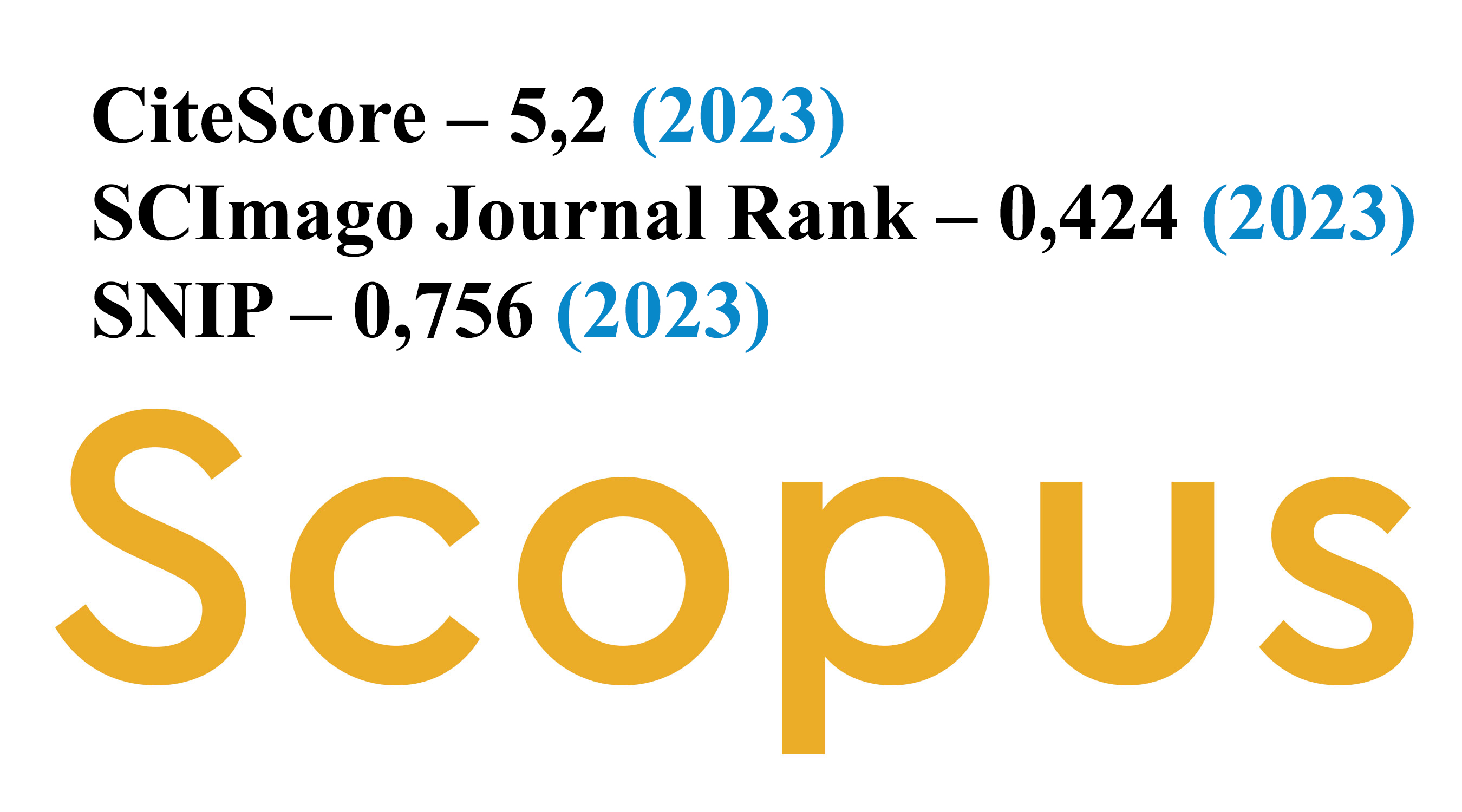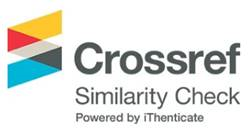Deep Learning Model for Estimation Market Risk in Insurance Sector
DOI:
https://doi.org/10.5755/j01.ee.36.2.37014Keywords:
Insurance Companies, Market Risk, Value at Risk, Expected Shortfall, Emerging Market, Deep LearningAbstract
The paper developed a model for market risk assessment based on deep learning in combination with non-parametric, parametric and semi-parametric VaR and ES models. We presented the ANN-GRU model more precisely. It is intended for insurance companies operating in emerging markets because the model was developed to cover all the characteristics of emerging markets. The research was conducted on the example of 8 optimal investment portfolios for insurance companies operating in the Balkan countries. The portfolios were calibrated at the daily level and calculated for the period from 1 January 2020 to 31 December 2023. The first 500 data were used to estimate the calibration of the VaR model, the other 250 to estimate the validity of the VaR model, and the last 250 to test the validity of the VaR/ES-GRU-DL market risk estimates in accordance with Directive II. Conditional and unconditional coverage tests were used to test the validity of VaR estimates, while Berkowitz's ES test was used to test the validity of ES estimates. Due to the limitations of these tests, the validity of the backtesting VaR estimate was performed using Dufour Monte Carlo simulations, while the validity of the backtesting ES estimate used the Bootstrap procedure. The backtesting results, as well as the results of the validity of the backtesting results, show that the model generates reliable estimates of VaR and ES in accordance with the Solvency II directive as well as produces better estimates compared to the popular and widely used VaR and ES models.





